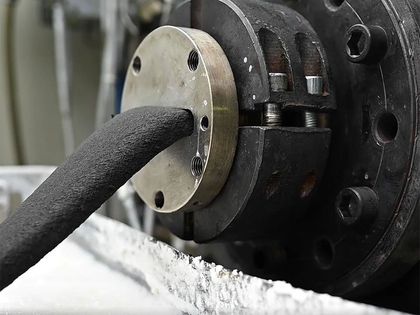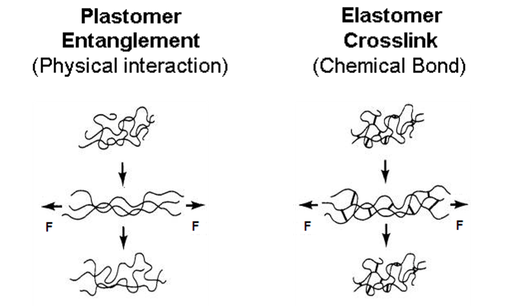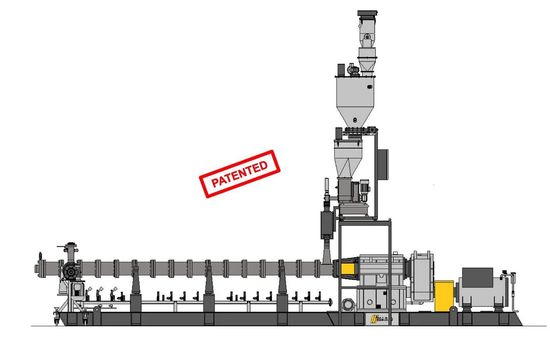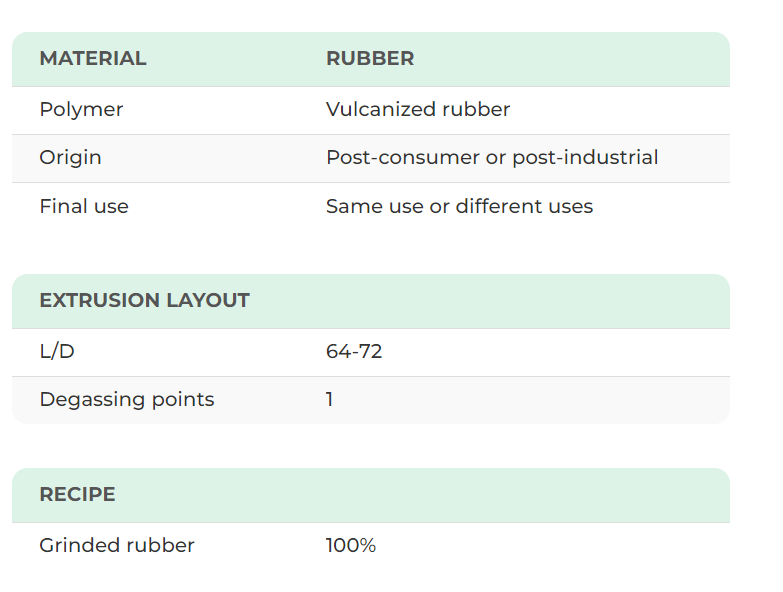Maris thermo-mechanical process is a 100% green approach that does not involve the use of chemicals. This particular process is made possible thanks to the different chemical-physical characteristics of the CC, CS and SS bonds, specifically: a marked difference in terms of elastic bonding constant (kcc≈100> kcs> kss≈3) and an energy of different bond (370, 310 and 270 kJ / mol respectively).
Application range
Thanks to Maris devulcanization process, the following materials can be recycled:
- ELTs – End of Life Tires
- Car tires
- Truck tires
- Off road tires
- ACM – Polyacrilic Rubber
- BR – Butadiene Rubber
- EPDM – Ethylene Propylene Diene Monomer
- FKM – Fluoroelastomers
- IIR – Butyl Rubber
- IR – Isoprenic Rubber
- NR – Natural Rubber
- Q – Silicone Rubber
- SBR – Styrene Butadiene Rubber
From chemical and rheological analysis carried out on devulcanized materials, it is found that the devulcanization yield can reach 60-80%.
The devulcanized material can be reused in the same original application, from 15 to 50% mixed with the virgin rubber while maintaining the desired mechanical properties. For different final applications it is possible to use devulcanized rubber in a blend with percentages higher than 50%.
F.lli Maris S.p.A.
Corso Moncenisio, 22
10090 Rosta (TURIN) - Italy
TEL: +39 011 956 7925
FAX: +39 011 956 7987

















